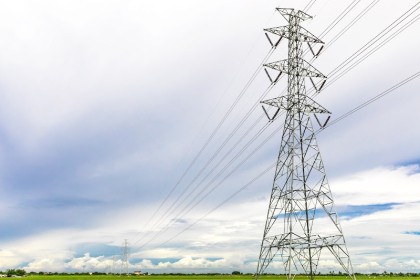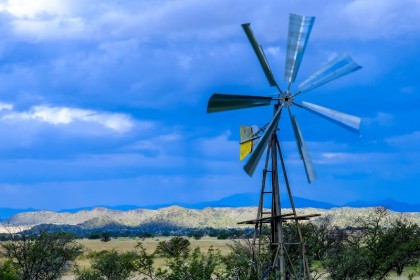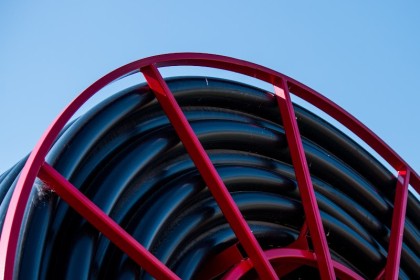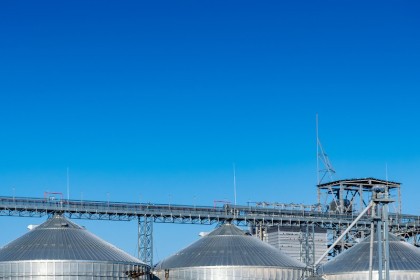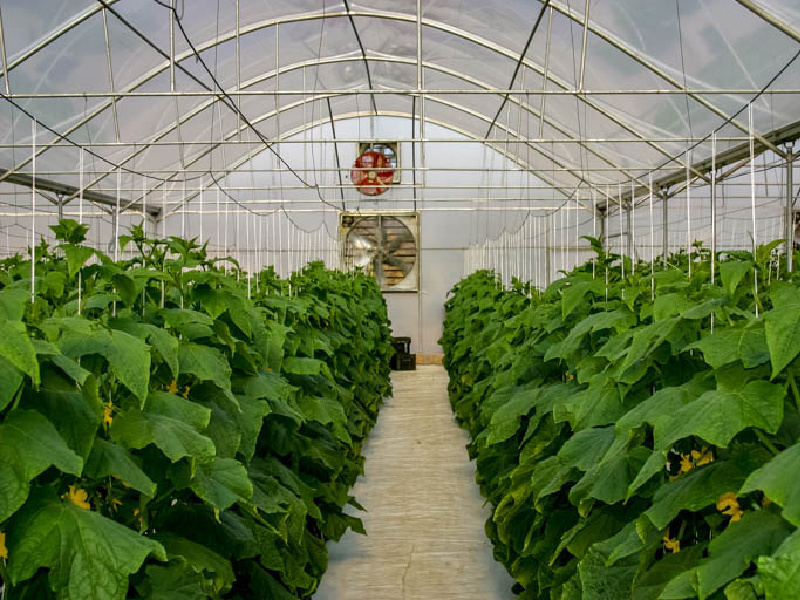
Shade Netting: Everything You Need To Know
Whether you have seen shade netting being used in industrial farming, at your local nursery, or even as a carport, everyone has encountered this magical material at some stage in their life. If you have considered using it you have perhaps gone to your local hardware store or tried your hand at online shopping and realised that there is a lot more to choose from than one standard type of shade net. This can be overwhelming as choosing the wrong shade net for your specific project could be detrimental.
In this article, we will discuss what shade netting is made of, what its purpose is, and the different types of shade netting that one can acquire.
The main purpose of shade netting is to protect people and plants from the sun. The sun as we all know can burn plants and people with its radiation rays. Humans have developed and make use of sunblock when going into direct sunlight, but plants don't always have this luxury. There are some plants that thrive in direct sunlight; however, if one needs to produce a crop that prefers partial shade on an industrial level, the best solution is shade netting.
Shade netting is made of polyethylene fabric that is knitted together to form a net. Polyethylene is used because it is particularly good at deflecting light and heat while being able to withstand a fair amount of wear and tear. This hardiness is quite important as it is utilised outside and permanently exposed to the elements.
Shade nets are also made according to different density percentages, depending on the plants one intends on growing and the amount of sunlight exposure they require. Typically, one would find shade netting that consists of 30%, 40%-50%, 60%, and 70%-90% density.
The different coloured shade nets also have different uses. For example, lighter shades are believed to be better for ventilation while retaining a large amount of light, whereas darker shade netting will absorb heat and provide more shade to those plants that naturally shy away from the sun's harmful rays.
Different Uses for Shade Netting
There are many varying uses for shade netting; however, there are a few products at Knittex that are specifically geared towards protecting humans, possessions, and plants from the elements.
This shade net is specifically designed to facilitate climate control and manipulate light waves in the agricultural industry. The climate control provided by Spectranet includes the prevention of wind, hail, insect, drought, bird and sun damage. In terms of sun rays, it can even manipulate the amount and quality of blue, red, green, and far-red light waves that the crop is exposed to.
This shade net is perfect for agricultural applications in areas where a lot of rain and hail is experienced. This is because Knipol is made with polyethylene that had been laminated with a waterproof coating, ensuring that it has an extended longevity in water-rich areas compared to other shade netting products.
Depending on the area that your agricultural holding resides in, you might experience extreme amounts of frost in the winter months. Frost can ruin a crop’s yield for the season to come which is why it is important to protect your crop against these weather conditions. One way to do this is to make use of Frost Guard Protect, a shade net made of polyester spunbound membrane fabric, wrapping it around your plants to provide them with protection.
This type of shade net is most commonly used outside as awnings, carport covers, and as rain coverage at athletic events. Thus, DriZ is the perfect product to protect valuable possessions and against bad weather conditions.
This is an aesthetic and decorative shade netting with a practical application. Available in a wide variety of shades and colours. Colourshade is made from High-Density Polyethylene that will not easily fade or break. It is also in three different weight classes, depending on your needs.
Shade Netting Prices and Suppliers
Knittex is a shade net manufacturer and distributor that is known for its global standard. They meet the stringent standards set out in countries such as Australia, America, and South Africa ensuring you receive a product you can trust. Depending on the type of shade net that you purchase the pricing will vary.
To find out more about Knittex and the shade net options provided by them, visit the AgrifoodSA directory.







